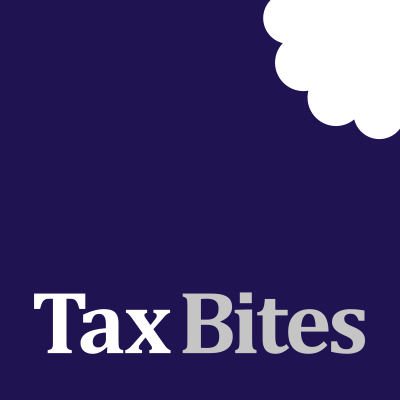
Furnished holiday lets and rollover relief
11th August 2022
Posted in Articles, Business Asset Disposal Relief, Business Property Relief by Tom Minnikin
The issue
Furnished holiday lets (‘FHLs’) are treated more generously for tax purposes than normal residential buy-to-let properties. Specifically, a FHL business is treated as a trade for the purposes of various capital gains tax (‘CGT’) and loss reliefs, although generally not for Inheritance Tax (‘IHT’) purposes.
Helpfully FHLs are also treated as a trade for replacement of business assets or ‘rollover relief’. Under these rules, a person carrying on a trade who disposes of a chargeable asset used in that trade, can shelter any capital gain arising if they reinvest the proceeds into other qualifying assets similarly used in the trade. Land and buildings are the most common type of asset here.
In the case of FHLs, this means that an FHL owner can freely switch properties and, to the extent that they reinvest the proceeds from the sale of the old property into the new property, they can delay triggering capital gains tax.
Planning opportunity for diversified landowners
In some circumstances, the ability to benefit from rollover relief where FHLs are owned, might be used for IHT planning purposes due to a quirk in the rules. This is best illustrated by the example below.
Example
Giles is a farmer in Scotland owning 400 acres of arable land which he farms as a sole trader. Like many farmers, he has diversified his activities by building lodges on the land to rent out as FHLs. Giles is now in his mid-80s and is worried about IHT. The farmland will qualify for Agricultural Property Relief (‘APR’) but the FHLs are unlikely to qualify for Business Property Relief (‘BPR’) and so will potentially be subject to 40% IHT on his death.
Giles could give the properties away to his children and hold over any capital gains (one of the other benefits of FHLs), but he would need to live for another seven years to fully escape IHT.
Alternatively, Giles could sell the FHLs and reinvest into a BPR qualifying asset, where the required holding period would only be two years. It is also possible that this disposal would qualify for Business Asset Disposal Relief (‘BADR’) – another of the advantages of FHLs – so that only 10% CGT is payable. However, in this case (assuming that Giles has already exhausted his £1 million BADR lifetime allowance) the applicable rate of CGT is 28% which is not much of a saving on the IHT.
Prima facie, rollover relief looks to be out of the question as the new assets would have to be used in the same trade, and Giles does not want to buy more FHLs. Wrong! In fact, the rules say that a person who successively or at the same time carries on two or more trades, they are to be treated for rollover relief purposes as if they constituted a single trade. This means that Giles could sell the FHLs and reinvest in additional land to use in his sole farming business without triggering a CGT liability. Once he has farmed the land for two years APR should apply on the whole lot.
Forbes Dawson view
This is quite a useful quirk of the rollover relief rules. Although the above example may seem a little niche, experience shows this to be a fairly common situation, particularly in the case of farmers operating in popular holiday locations. In contrast to making a gift with hold over relief, the above strategy has the added advantage that any gain which has been rolled over will disappear on death, leaving the beneficiary with a tax base cost which is equivalent to the probate value.



